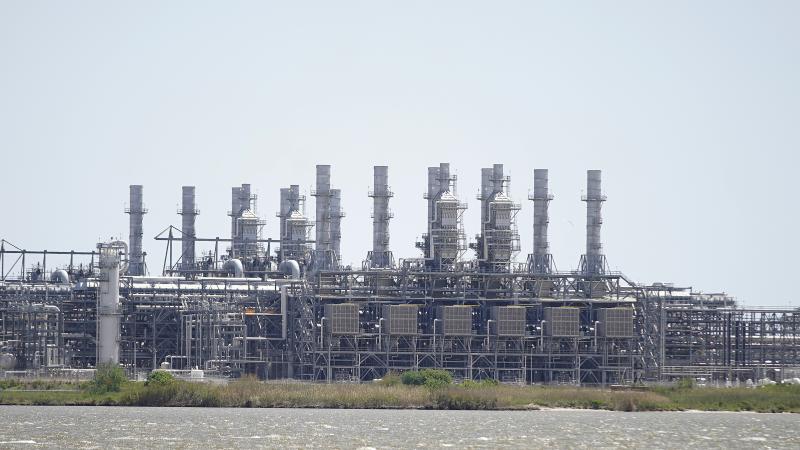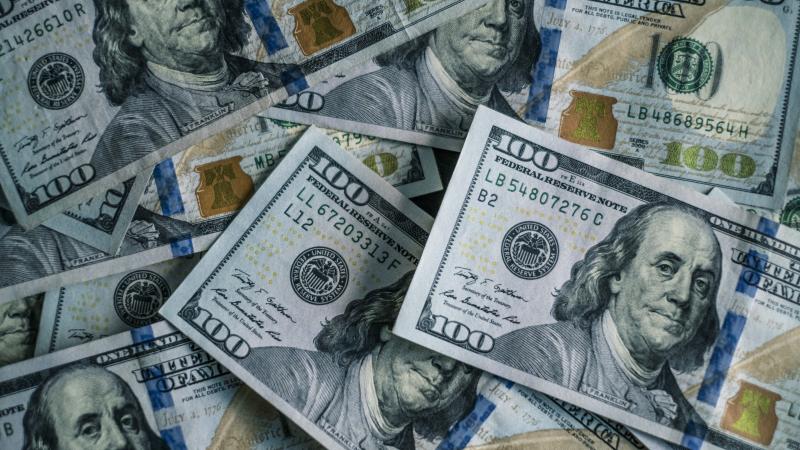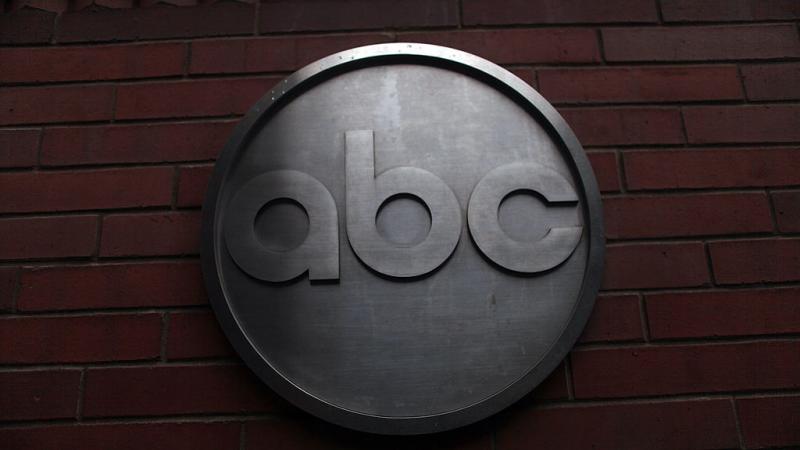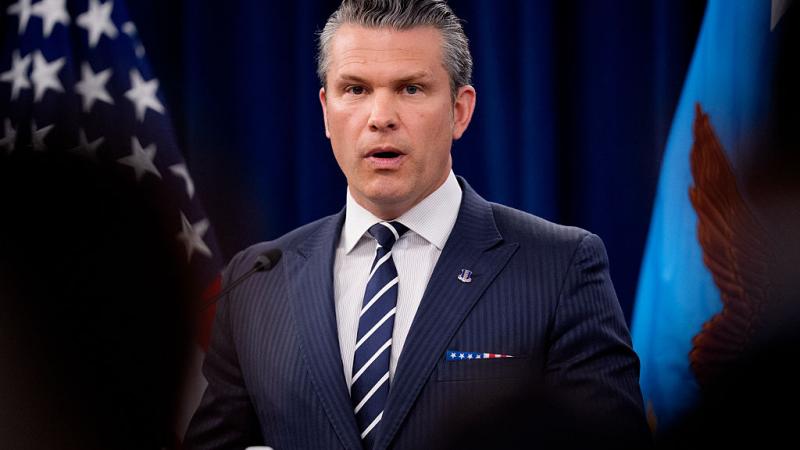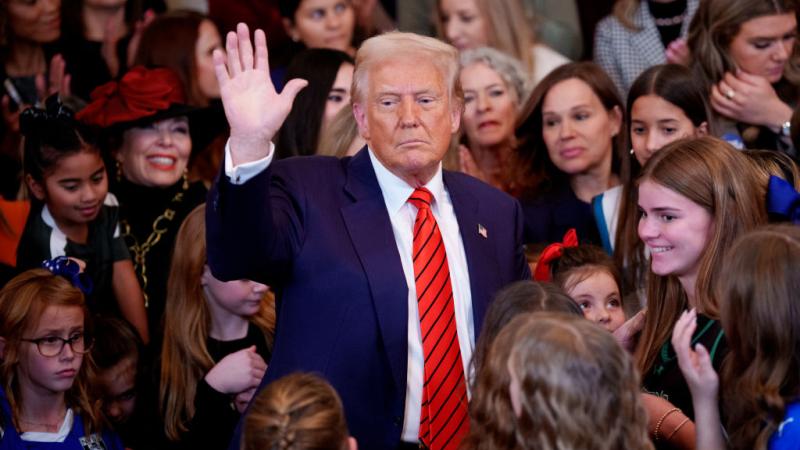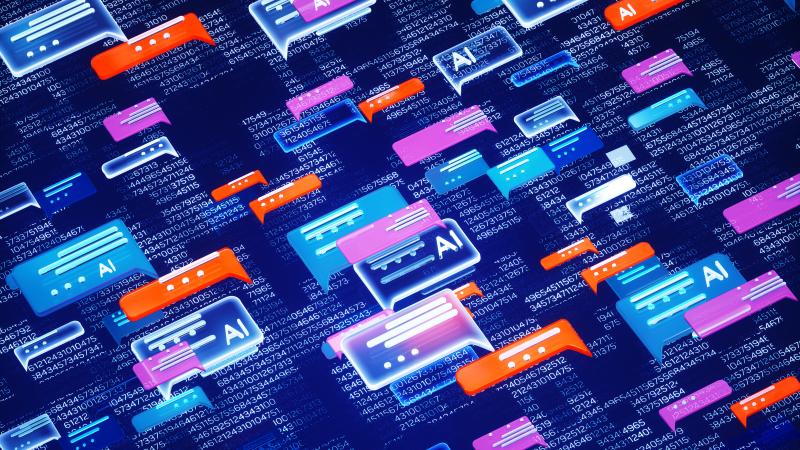Legislators investigate 65 cent per gallon gas 'tax' hike set to impact CA, AZ, NV
“CARB and the Governor pushed an expensive gas price hike behind closed doors, ignored public input, and misled Californians about the real cost,” said Senate Minority Leader Brian Jones, R-San Diego.
(The Center Square) -
(The Center Square) - California Republicans are launching an investigation into the Low Carbon Fuel Standard update that is expected to increase the cost of gasoline by 65 cents per gallon — impacting not just California, but the parts of Nevada and Arizona that rely on the Golden State for fuel — on July 1. That's the middle of the peak summer driving season.
“CARB and the Governor pushed an expensive gas price hike behind closed doors, ignored public input, and misled Californians about the real cost,” said Senate Minority Leader Brian Jones, R-San Diego. “We believe their real goal is to drive gas prices so high that working families have no choice but to buy electric vehicles, whether they can afford them or not. The public deserves the truth, and we intend to shine a light on this radical agenda.”
Jones’ investigation targets communications between California Gov. Gavin Newsom’s office and the California Air Resource board regarding the Low Carbon Fuel Standard and its projected economic impacts, including in conjunction with other state emissions programs such as Advanced Clean Trucks and Advanced Clean Cars that require transitions to zero-emissions vehicles.
CARB, all but two of whose voting members are appointed by the governor, approved the tightened Low Carbon Fuel Standard requirements last year. The LCFS program creates a baseline allowable carbon dioxide emissions output that falls over time, with producers of fuels that emit more carbon dioxide — a non-toxic, naturally occurring part of the planet’s atmosphere — than allowed by the standard required to buy credits from producers of “fuels” that emit less than the standard.
CARB says its updated LCFS standards will increase fuel prices by $162 billion through 2046, putting more pressure on the dwindling handful of remaining refineries that have to purchase LCFS credits to remain in operation, with $105 billion going to credits for electric vehicle charging network owners and $8 billion in credits for hydrogen.
Research has shown that particulate pollution from tires, which is 26% higher for electric vehicles than gas-powered vehicles due to their heavier mass and higher torque — is 1,850 times higher than the tailpipe pollution from modern gas-powered cars. With EVs offering only a 12% higher carbon dioxide emissions reduction over gas-powered hybrids, researchers say the proven negative health consequences of higher particulate pollution from EV tire wear outweighs the unclear benefits of the slim decrease in carbon dioxide emissions.
An investigation by The Center Square has found that EV charger operators such as Rivian and Tesla collect LCFS credits whenever their public chargers are used, and generally require users of home chargers to sign agreements allowing the companies to claim the LCFS credits and other national, international, public, and private credits from the charger’s use in perpetuity.
Because LCFS credits represent a long-term revenue source for EV manufacturers and charging network operators, they often give out chargers for free — while collecting charger subsidies from taxpayers and utility ratepayers.
However, these benefits overwhelmingly only go to wealthier families. The average EV financing cost is $783 per month, which means government and utility rebates in the thousands of dollars for chargers or vehicle financing still keep EVs out of working families’ reach.
But even if EVs were more affordable, they still might not be an option for poorer drivers, who tend to live farther from work due to the state’s high cost of housing, and may not have a place or a way to charge either at home or at work, forcing reliance on expensive, unreliable, and inconvenient public charging stations.
Notably, the state’s energy prices are so high — double the national average — and rising so quickly that they are rapidly approaching the breakeven point at which it is cheaper to fill a car with gas than it is to charge an EV with electrons. That would make California the first and only state in the nation where it’s cheaper to drive a gas car than an EV.
However, with LCFS set to likely increase gasoline costs by 65 cents per gallon, and pending shutdowns of a fifth of the state’s refining capacity by the end of next year projected to combine to drive gasoline prices to up to $8.44 per gallon, exorbitant gas prices could leave Californians with no choice but to buy EVs or take public transit, even if energy prices continue to rise amid costly zero-emissions requirements.
